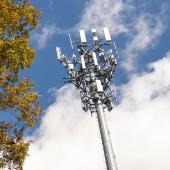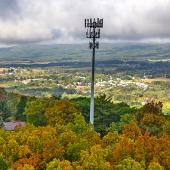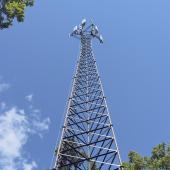From day-to-day operations to emergencies and large events, lives depend on public safety's ability to communicate. FirstNet not only provides reliable "always on" connections, but also allows first responders to confidently send and receive data, voice and text transmissions with the security their life-saving mission demands.
Blog

Although the distances and differences between nations are vast, the mission of public safety to protect lives and property is essentially the same globally, along with the need for reliable communications. Some nations are planning to create nationwide wireless networks dedicated to first responders.

The bravery of the firefighters, law enforcement officers, EMS personnel and other public safety personnel on that day is something America will never forget and always be grateful for. Their courage and resolve inspired many to public service and pushed those already serving to help their communities better prepare for any circumstance. FirstNet, America’s nationwide public safety broadband network, is one of those efforts that derived from the events on 9/11.

The FCC updated its location accuracy requirements in 2015, recognizing that technologies such as “Assisted GPS” offered opportunities for even greater improvements in location accuracy. And just this summer, Apple announced that its next software update will automatically make device-based location information available through its integration partner(s) (only one has been announced to date) to 911 centers when a person calls 911, thanks to a suite of technologies including Wi-Fi, cellular towers and GPS.

As FirstNet subscribers, first responders in Orem, Utah experience interoperable communication with other agencies in the region and across state borders without experiencing congested networks during large-scale events like Summerfest.












